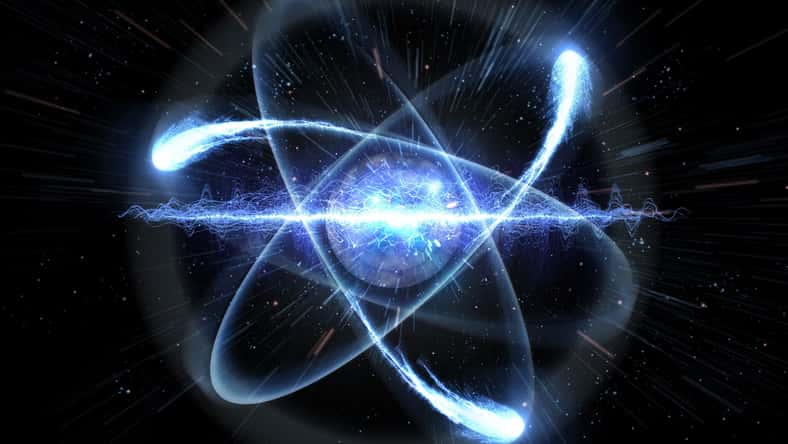New Research Suggests Hidden Dark Electrons Exist In Solid Materials Around Us, Countering What Scientists Previously Believed

In the past, scientists were under the impression that dark electrons do not exist in solid materials. However, researchers at Yonsei University in South Korea have recently discovered the presence of dark electrons in solid materials.
According to the researchers, their findings may help further scientific understanding of matter, quantum states, and exotic properties.
Dark electrons are what make up dark matter. They are associated with the quantum state of matter, meaning that they exist in a state that appears to be undetectable using standard analytical techniques.
“Angle-resolved photoemission spectroscopy is a powerful experimental technique for physicists to understand how electrons behave in solids,” said Keun Su Kim, a co-author of the study and professor of physics at Yonsei University.
“From experience, it has been well known that not all electrons are detected by angle-resolved photoemission spectroscopy. In other words, some electrons are detectable, but the others are not.”
Dark electrons can’t be detected because they do not interact with photons or any other electromagnetic forces. As a result, dark electrons are unable to absorb light, rendering them invisible. They could be responsible for phenomena such as high-temperature superconductivity.
For the first time, scientists have evidence suggesting that materials around us contain dark electrons that are hidden from us.
Previously, studies that aimed to find dark electrons used materials with only one pair of sublattices, like graphene and black phosphorus. However, the research team chose materials with two pairs of sublattices.
“We have dug into this problem to extend it to materials with two pairs of sublattices and found that there are some electrons that cannot be detected in any experimental conditions,” Kim said. “Simply speaking, we could see experimental signals only for electrons expected to be detectable (bright states) and could not see any experimental signals for electrons expected to be undetectable (dark states).”

Ezume Images – stock.adobe.com – illustrative purposes only
They conducted their experiments by employing the technique of angle-resolved photoemission spectroscopy. They irradiated their sample materials with a high-energy photo beam that ejected some electrons they could study.
The team worked with three materials: palladium diselenides, cuprate superconductors, and lead halide perovskites. Each of the materials has “certain crystal symmetries” that can make the electrons distinguishable as four different types.
Overall, the researchers found that one type of electron could be detected with angle-resolved photoemission spectroscopy. The other three types were undetectable, indicating that they were in dark states.
More research is needed to confirm the findings, although the experiments did show a lot of promise and called attention to the importance of sublattices when studying dark electrons.
The study authors believe that sublattices should be considered in all research associated with dark electrons and other related phenomena.
The study was published in the journal Nature Physics.
Sign up for Chip Chick’s newsletter and get stories like this delivered to your inbox.
More About:News





